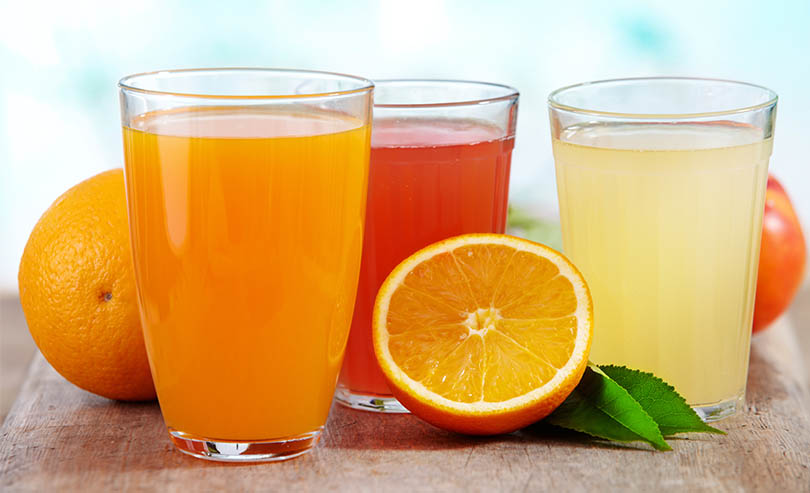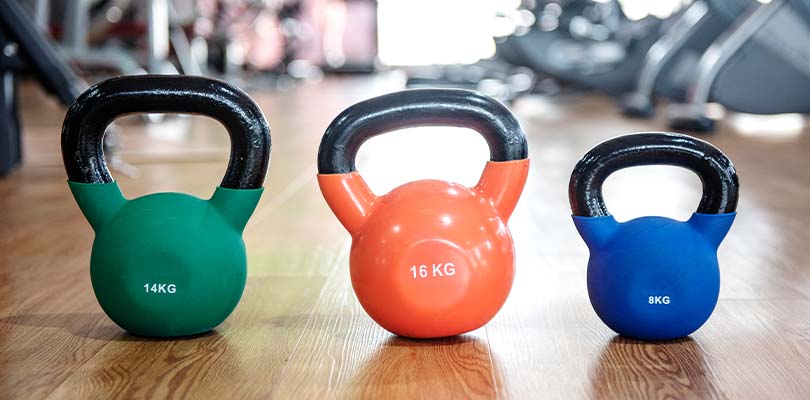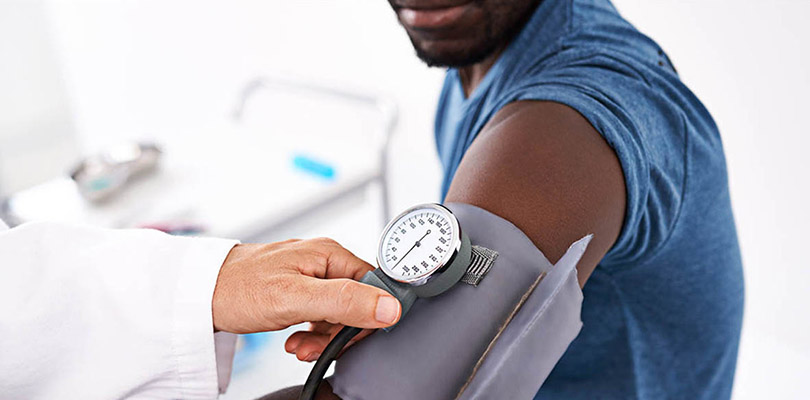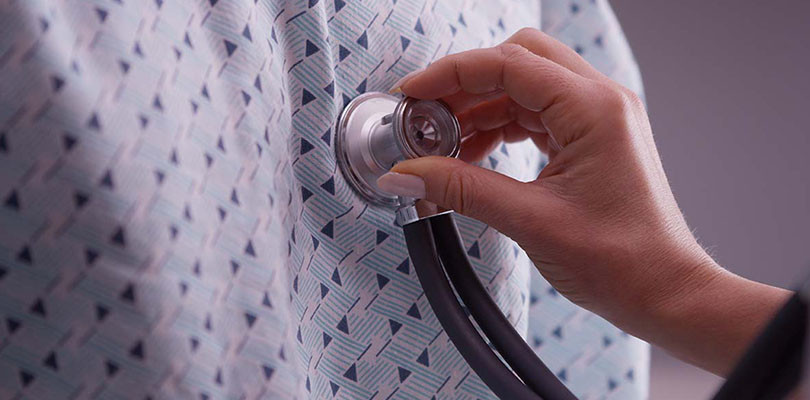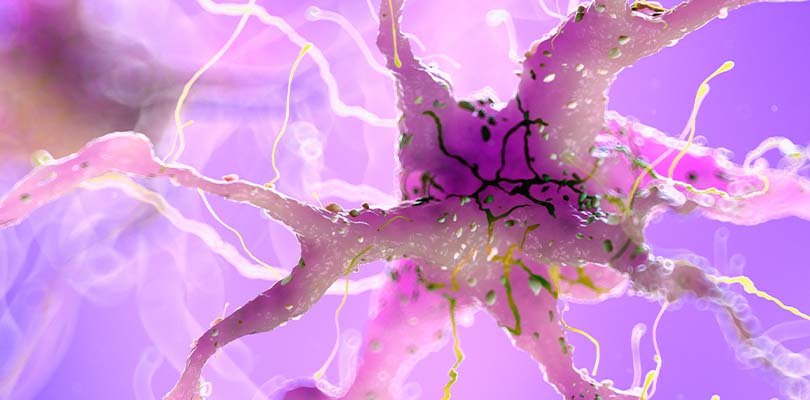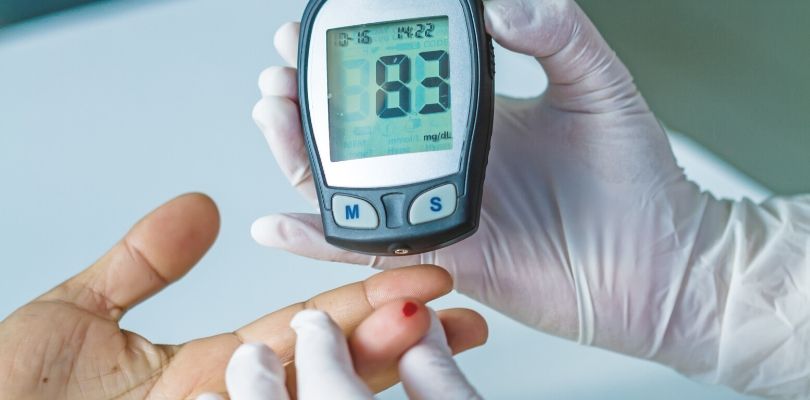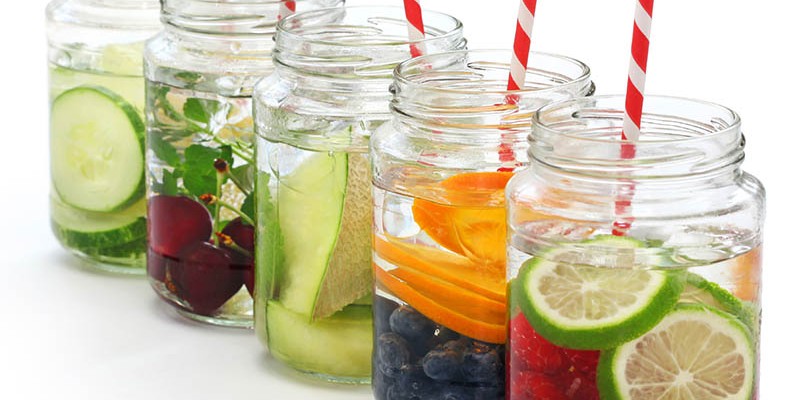
Photo Credit: bonchan / istockphoto.com
Diabetes Diet: Foods to Avoid
Things like fried fish, candy, and too much alcohol are poor choices for anyone, but diabetics have a longer list of foods to avoid than the average person – and some of those foods may not be so obvious.
In order to sidestep serious complications, people with insulin resistance and blood sugar problems need to craft a menu with the right amount of carbohydrates, the right type of carbohydrates, and a careful balance of the other nutrients necessary for good health. Straying too far from your diabetic diet plan can burden you with more than a few unwanted pounds, so be sure to keep these foods far away from your kitchen table.
1. Flavored Water
The veil has been lifted on vitamin water: with more calories and sugars than some juices or sodas, it’s about as far away from pure and healthy water as you can get. Even though the label might advertise a relatively low amount of carbs and calories, keep in mind that the values are for one serving, and there are typically at least two servings in a bottle. Sports drinks are off-limits for the same reasons, as are most other energy drinks. Luckily, you can spruce up plain old water with fruits and herbs that add fresh and interesting flavor without the huge portion of carbohydrates.

Photo Credit: Magone / istockphoto.com
2. Juice
Sure, juice technically comes from fruit, but it leaves behind the best parts of the produce. Essentially, juice is the sugar and water from the fruit without any of the fibre, and fiber is the component that slows calorie absorption and blunts the effect of carbohydrates. So, even if it’s 100% natural with no added sugar, fruit juice is a recipe for a big spike in blood sugar, and should really only be used to quickly bring glucose levels up in cases of hypoglycemia. Stick with a glass of water with a piece of juicy, high-fiber fruit on the side.
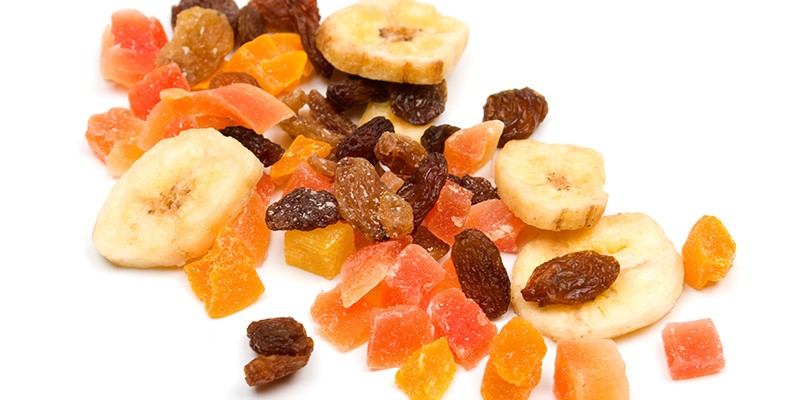
Photo Credit: IgorDutina / istockphoto.com
3. Dried Fruit
Although it is still fruit, your body cannot handle dried fruit nearly as well as fresh fruit. The reason is the concentration of sugars: when fruit is dehydrated, all the water is drained and the relative sugar content shoots sky-high. Although they have some vitamins and minerals, dried cherries, blueberries, currants and raisins are essentially candy, a sugar delivery system that sends your blood sugar soaring out of control. Beware of snacks like trail mix, which may seem like a healthy alternative to salted nuts or potato chips on the surface, but could be a calorie-packed sugar-fest on further inspection.
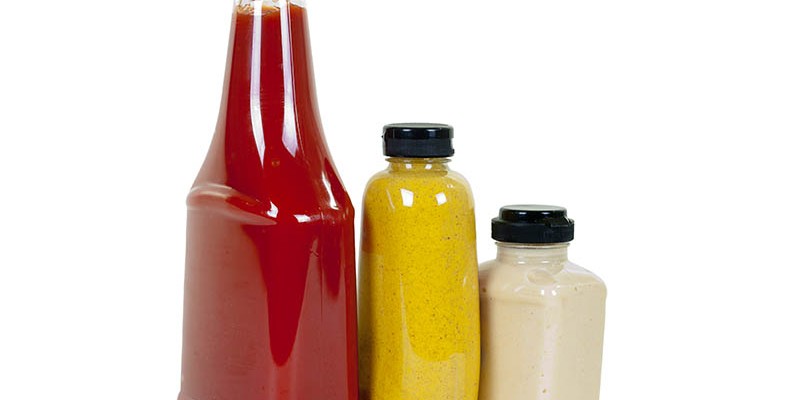
Photo Credit: EuToch / istockphoto.com
4. Sweet Condiments
Ketchup, relish, even mayonnaise may seem like savoury additions to hearty meals, but they’re actually packed with sugar – corn syrup, cane juice or fructose is often the second or third ingredient on the label. Just like soda and candy, this sugar will elevate your blood glucose, but because these condiments often have a good deal of salt as well, you may not realize just how significantly they impact your metabolism. Sauces of all sorts are also usually high in calories, so it’s best to give them a pass; lemon juice, grainy mustard, or plain Greek yogurt are healthy, low-sugar and low-fat substitutes.
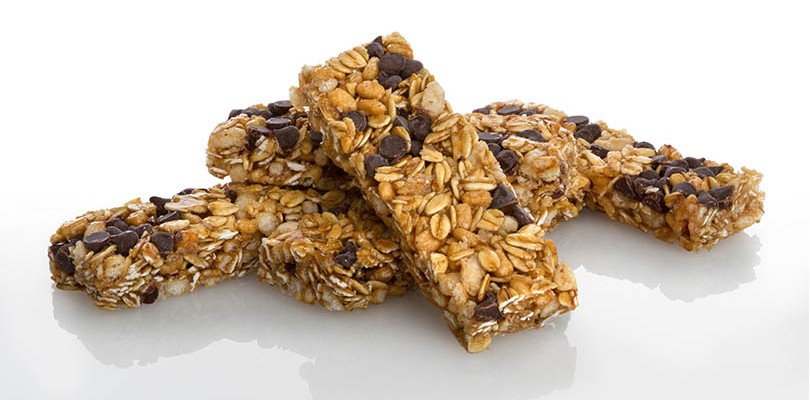
Photo Credit: Tomas_Mina / istockphoto.com
5. Energy Bars
In most cases, energy bars are simply candy bars with better marketing. The sugar count and carbohydrate haul is typically through the roof – a glycemic load upwards of 49, which is well above a healthy allowance. Granola bars and breakfast granola raise the same concerns, with far too much refined flour and sugar to be considered a “healthy” snack. The lesson here is to watch out for clever marketing ploys – buzzwords like “healthy,” “natural,” and “organic” – and look deeper into the ingredient list before purchasing any processed food.
Exercise for diabetes is especially important to balance glucose levels and to prevent heart disease. Here are some top activities for diabetics to try.
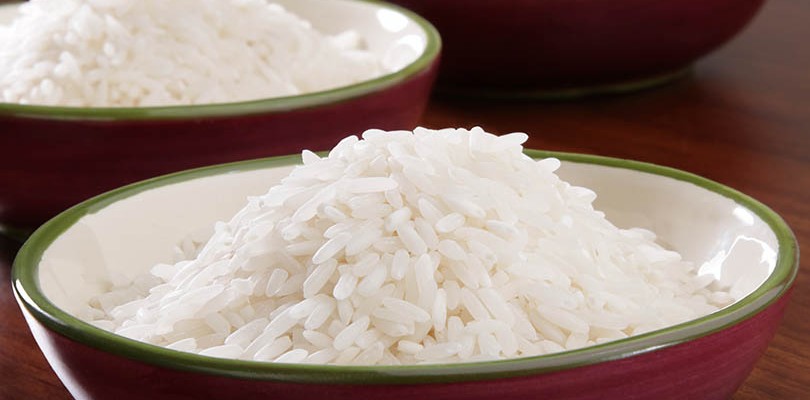
Photo Credit: carterphoto / istockphoto.com
6. White Rice
All refined grains bring too many simple carbohydrates to the table, but white rice is particularly bad for diabetics. A recent study showed that diabetes risk can rise substantially — up to 11% — for every daily serving of white rice you consume. The problem is that all the fibrous husk has been removed, leaving just the starch, and starch has a major effect on blood sugar.
Jasmine rice and diabetes should not be combined. Brown rice is a good substitute, or better yet, opt for wild rice: lower in sugar and calories, wild rice (which is actually a seed from marsh grass) is packed with an array of wholesome nutrients and minerals without the starch.
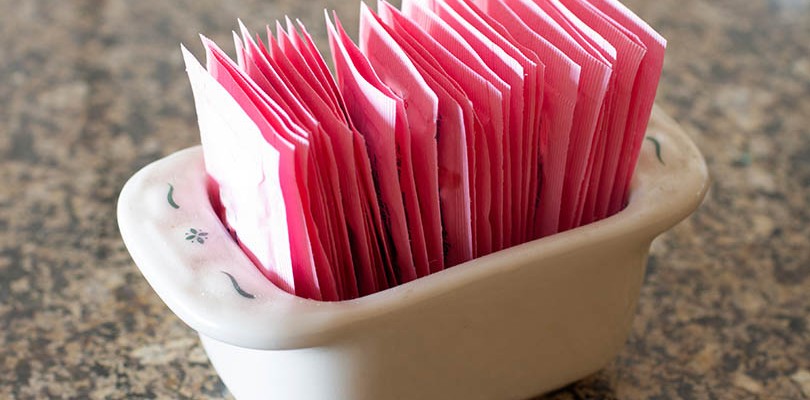
Photo Credit: BigRedCurlyGuy / istockphoto.com
7. Artificial Sweeteners
They might not be sugar, but that doesn’t mean artificial sweeteners don’t carry some similar risks. Research shows that sugar substitutes like aspartame, sucralose and saccharin are worse for diabetics than they may seem: there may be fewer calories in a serving, but they’ll slow down your metabolism and encourage your body to store fat, leading to a greater diabetes risk and setting the stage for complications. Even though too much sugar can be dangerous, if you need to have something sweet, it’s best to have natural sugars in moderate amounts – your body can process them much better than artificial sweeteners.
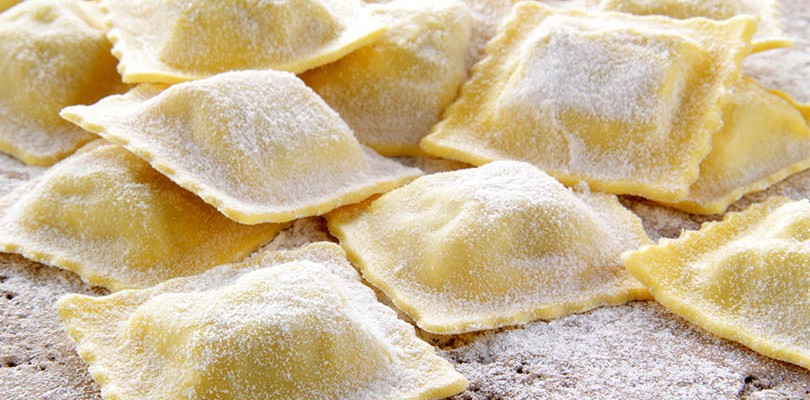
Photo Credit: DENIO RIGACCI / istockphoto.com
8. Pasta
White pasta is at the top of the list of offenders when it comes to blood glucose, since it’s so high in starch and so easily digested. Not only does the huge helping of simple carbohydrates interrupt your metabolism, it also tends to move quickly through your digestive system, which leaves you feeling hungry and ready for more before you know it. Whole wheat pasta or brown rice pasta is better since the fiber ensures a steadier rise in blood sugar than the refined varieties, but you should still be careful about your serving size. Limit yourself to a half cup of cooked pasta at any meal, and top it with plenty of fresh veggies and a handful of nuts to round out the dish.
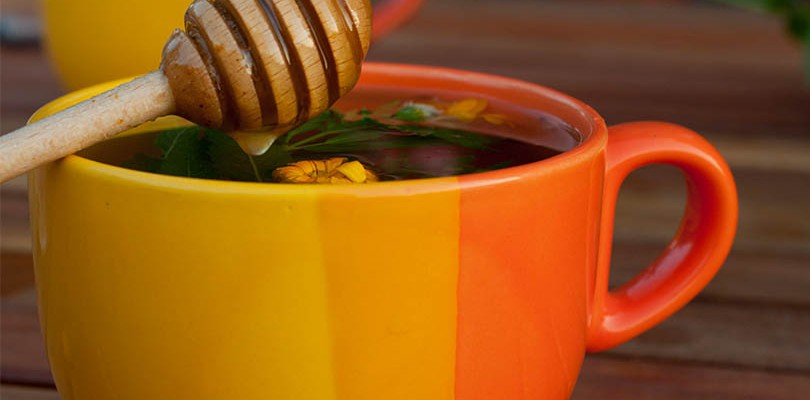
Photo Credit: Nic_Ol / istockphoto.com
9. Coffee Drinks
Caffeine isn’t necessarily bad for your diabetes management, but how you take it in could be sabotaging your efforts. Fancy coffee drinks are tempting, with their whipped cream and flavor shots, but many have far too many calories and carbs – a medium sized coffee drink with cream and chocolate can have more than 400 calories and 15 grams of fat! It’s alright to have a comforting full-fat cappuccino or hot chocolate on occasion, but try to stick to coffee with a dash of 2% milk or else switch to herbal tea with a drizzle of honey. It may be challenging at first, but after a week or two of trimmed-down beverages, you’ll likely lose the taste for super-sweet drinks.
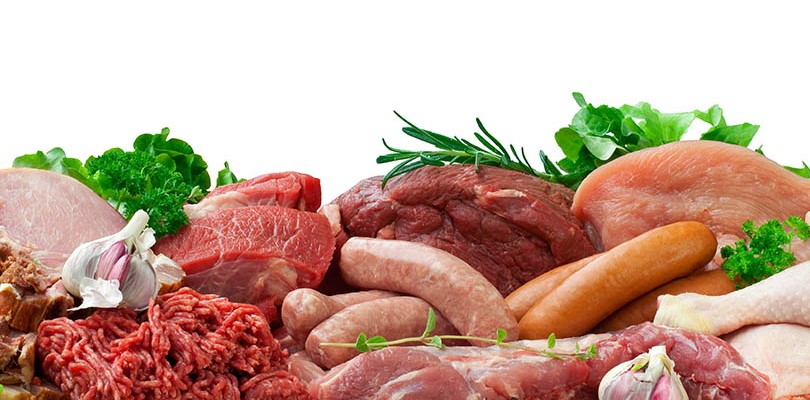
Photo Credit: masaltof / istockphoto.com
10. Cured or Processed Meat
Protein is an important part of any diet, but poor quality proteins can complicate your diabetes management. For instance, bacon, cold cuts, and store-bought burgers, meatballs or chicken strips are packed with sodium and fat – two major players in heart disease. Diabetics are already at a higher risk for cardiovascular problems, so it’s important to limit your salt intake and stick to lean proteins. In addition to skipping the deli counter, try going vegetarian a couple of days each week, swapping meat for chickpeas, eggs, or tofu: you’ll get a big boost of important minerals and save on fat and calories.
Crafting a healthy menu can be easier said than done. Start by eliminating these big offenders, but don’t limit your choices too much. Variety is the key to enjoying your healthier diet – try fresh seasonal dishes, new cuisines, and different styles of preparation to keeps things interesting while you stay on track.
Learn more about diabetes nutrition over at NewLifeOutlook.
Holiday dinners with diabetes can be hard, especially when trying to maintain the discipline of controlling your blood sugar levels.
